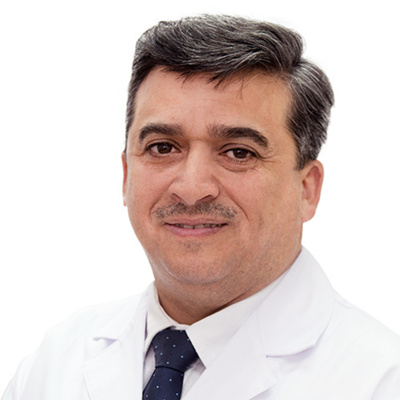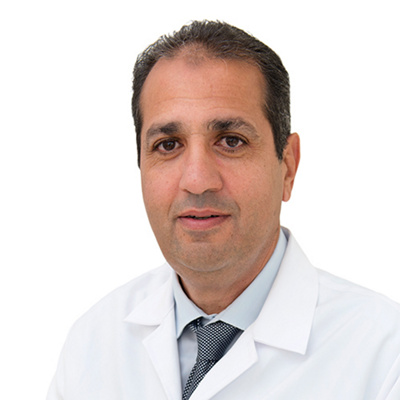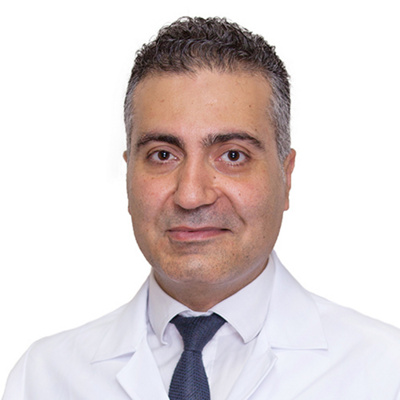Dr. Mohammed Andron
Consultant Interventional Cardiologist
Mediclinic Airport Road Hospital
HEART ATTACK
A heart attack occurs when there is sudden blockage in at least one of the three coronary arteries that feed the heart with oxygen. Symptoms of a heart attack vary, but most people will experience chest pain which is typically a pressure-like discomfort, and commonly radiates to the left arm.
The pain can be associated with difficulty in breathing and sweating. Some patients, however, may experience only mild chest discomfort or even feel breathless without chest pain, especially if they have underlying diabetes.
WHAT ARE THE HEART ATTACK RISK FACTORS?
The traditional risk factors of a heart attack are the following:
- Smoking
- High blood pressure
- Diabetes
- Elevated blood cholesterol levels
- Obesity and sedentary lifestyle
- Family history for heart attack
ACT QUICKLY IN THE EVENT OF AN EMERGENCY
Time is of essence as soon as the artery is blocked, and the patient has to be treated within 90 minutes to restore the blood flow. This 90 minute window is based on best clinical practices from American and European guidelines.
Correct urgent action is required for better chances of survival. In addition, the longer the heart is deprived of oxygen the more likely it suffers permanent damage. Therefore, it is crucial for patients with suspected heart attack to be treated swiftly by a team of trained specialists.
Once in the hospital, the patient will undergo various examinations, and once a heart attack is diagnosed an interventional cardiologist will perform an emergency angioplasty procedure to open the blocked vessel in an effort to restore the blood flow into the heart muscle.










